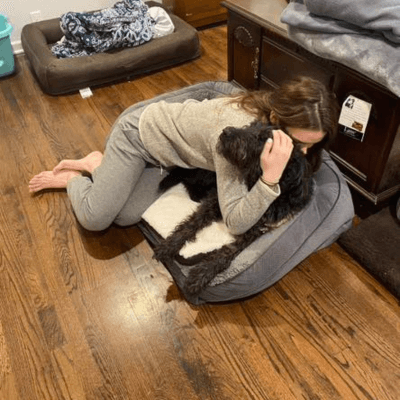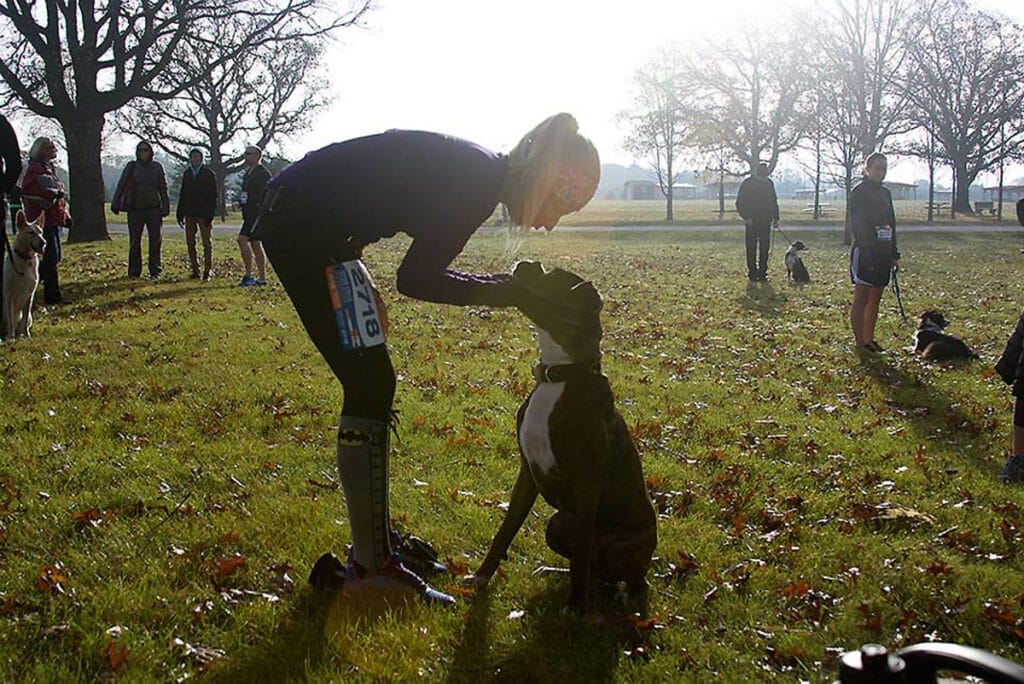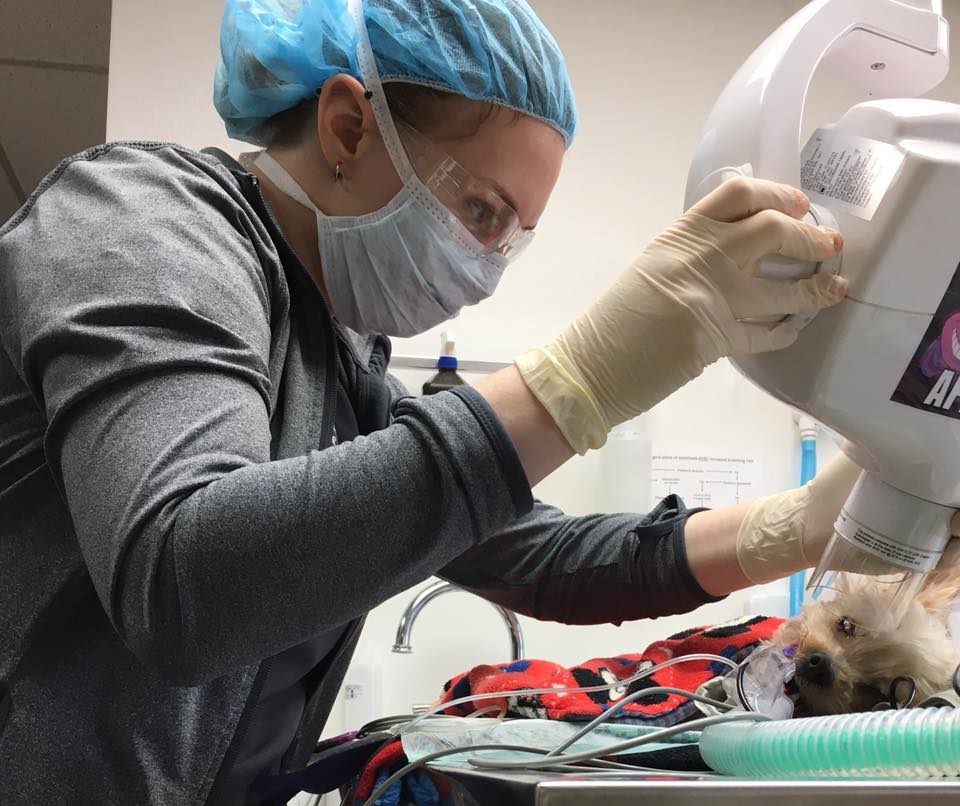Guest Author: Barbara, CPDT-KA, Owner/Lead Trainer at The Thinking K9
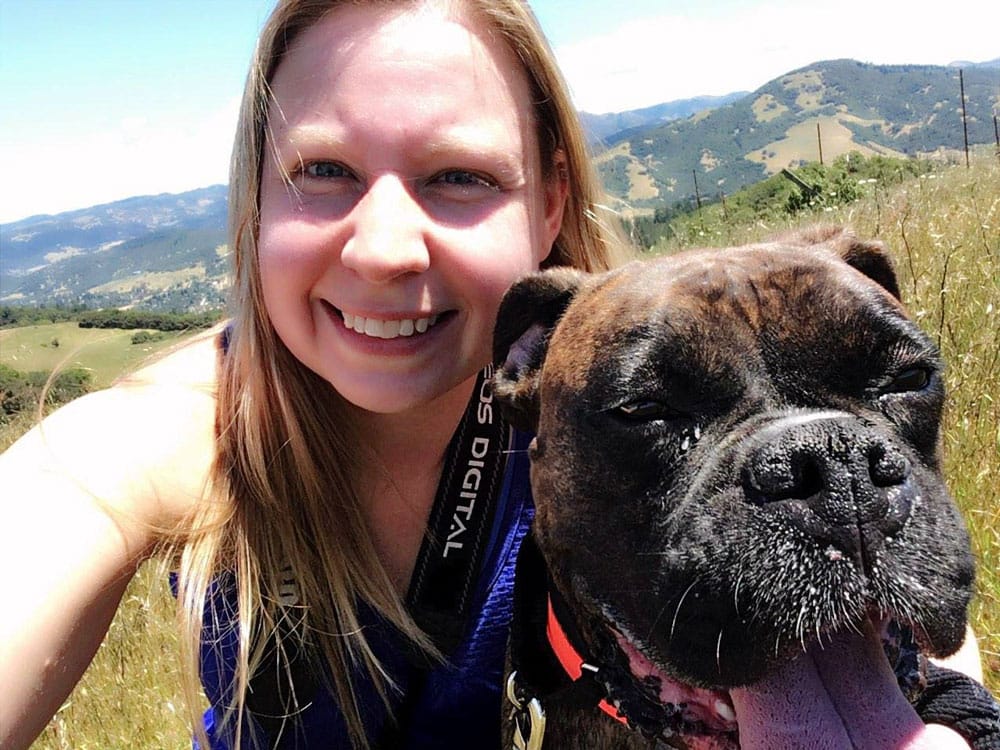
As a professional dog behavior trainer, I often work with clients whose dogs already know sit, lie down, and other cues before they come to me. If obedience were the issue, they’d have solved behavior problems long ago.
Owners should be proud of what they’ve taught! Unfortunately, behavior problems rarely stem from disobedience; it’s that they can’t make good choices when they want something else more—and that “something else” is usually an unmet biological need.
This is where “obedience” training fails. Digging, chewing, barking, jumping, and stealing are all examples of biologically instinctive behaviors that no amount of “sit” will override. Instincts cannot be forced or punished away. Dogs don’t need more obedience—they need biological fulfillment. Your dog isn’t giving you a problem; they are having one.
With proper outlets, we can channel instincts into calmness, cooperation, and focus. Enrichment serves as an ideal channel!
What Makes Something Enriching?
The good news is enrichment isn’t about “entertaining” your dog or the constant novelty of buying new puzzles. The bad news is that daily neighborhood walks aren’t enrichment. Even changing your neighborhood route won’t cut it. Neither is that food-stuffed toy your dog figured out months ago.
Often, we think behavior problems are caused by too much energy, so we throw a ball for a while, assuming it fulfills a need. However, we can’t wear dogs out physically—they can run for an hour and be ready to play again after just a few minutes of rest. However, we can tire them mentally.
Think about how exhausted you feel after a long workday, even if you barely moved. Enrichment involves meeting biological needs (such as digging, chewing, and barking) through tasks they haven’t yet mastered. Some tasks are quick to figure out, while others challenge them for weeks. Think of it like a crossword puzzle; It may take multiple tries, but once solved, repeating it isn’t enriching anymore.
Another crucial requirement is allowing dogs to make their own choices. To achieve this, we often need to give them an activity and then step back, allowing them to solve the challenge themselves, helping them become Thinking K9s.
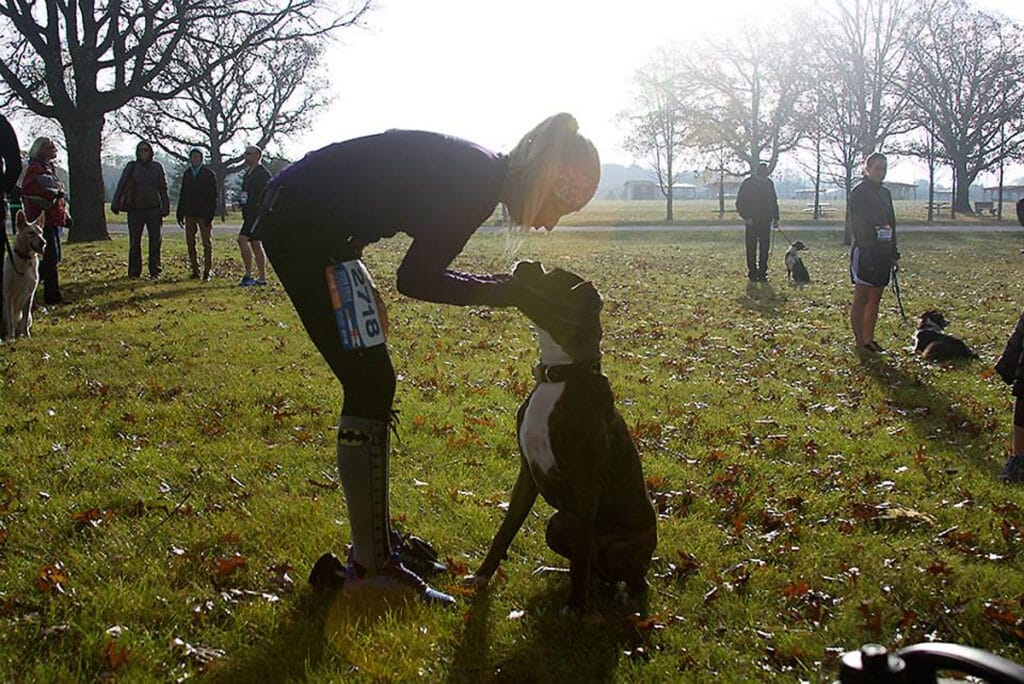
Why Mental Fatigue Changes Everything
True enrichment changes their biology, settles their mind, and creates mental space for dogs to use skills they already know. When the nervous system is regulated, dogs make better decisions. Sit, stay, and come aren’t ignored because the dog is stubborn—they’re ignored because the dog is too overstimulated, frustrated, or under-engaged to use them.
The benefits of consistent, meaningful enrichment include:
- Reduced barking, chewing, digging, and other problem behaviors when there are appropriate outlets for natural instincts.
- Diminished stress as the body achieves a state of homeostasis through meeting biological needs instead of attempting to punish them away.
- Confidence grows through problem-solving and discovering actual abilities.
- Mental sharpness endures with age, fueled by engagement, challenge, and a sense of fulfillment.
- Training is easier thanks to improved focus and flexibility that’s gained through life experience and choice.
Enrichment That Works
Before getting started, safety—both physical and mental—requires careful consideration. If your dog shows signs of fear, stop immediately. Forcing dogs to “confront their fears” causes deeply ingrained fear and anxiety.
- Foraging & Shredding: Stuff treats into paper towel tubes folded at the ends or layer kibble in crumpled paper inside a cardboard box they can destroy.
- Problem-Solving: Stack cups with treats between them or underneath, or teach them to open containers or lids, such as their toybox. Start easy and gradually increase difficulty.
- Sensory Play: Let them explore new textures or taste safe foods like frozen carrots.
- Hikes: Unlike neighborhood walks, which often feature the same type of environment, hiking in various environments opens opportunities for discovery and enrichment. Try the woods, a prairie, and even mud!
- DIY Obstacle Courses: Use broomsticks, chairs, and blankets to create tunnels and jumps.
Match The Activity To Your Dog
Here’s where it gets strategic. Is your dog hyperactive? Focus on slow, steady activities that teach control. Do you have a counter-surfer? Channel that foraging drive with “find it” games. Maybe you have a destructive chewer? Give them cardboard boxes filled with treats—destruction they’re actually allowed to do!
Watch their engagement to match their abilities effectively. Is your dog bored and going through the motions? It’s time to switch it up. Frustrated and giving up? Simplify the task and build their confidence first.
Build It Into Everyday Life
Start with one activity each week. Your dog’s brain is incredibly capable—it just needs the right opportunities to shine.
When we provide our dogs with activities that align with their instincts and intelligence, we’re not just managing their behavior—we’re supporting their overall wellness.
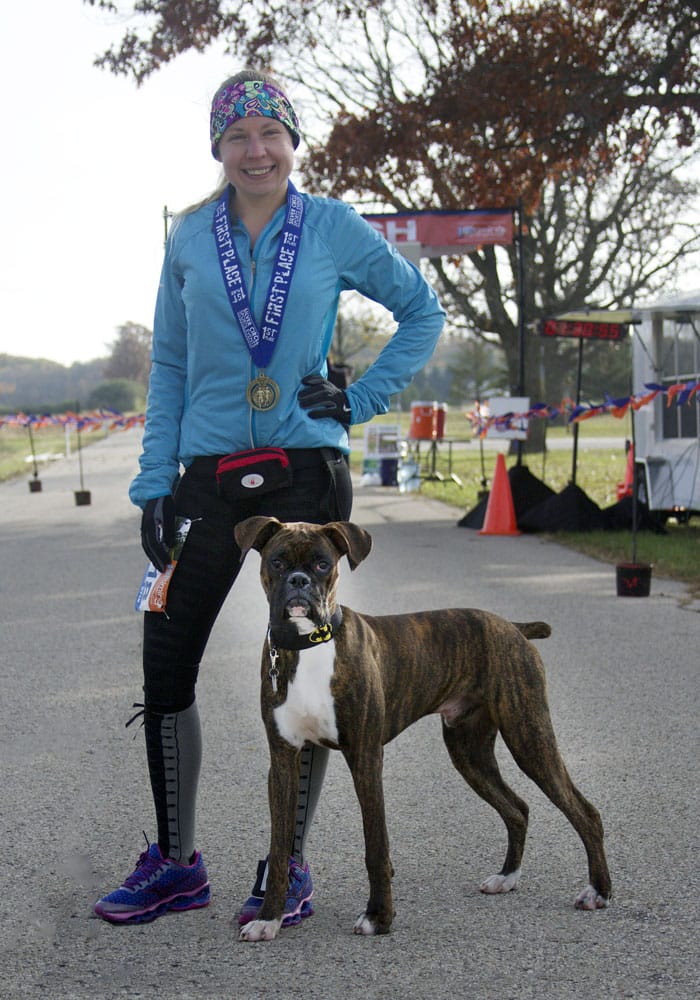
About the Author
Barbara Smith is a professional dog trainer and founder of The Thinking K9 in Janesville, WI. Barbara brings a unique interdisciplinary approach to dog training, combining behavioral sciences, psychology, biopsychology, neurobiology, ecology, ethology, and motivational techniques to create eager, reliable learners. She also holds the distinction of being a Certified Professional Dog Trainer through the CCPDT, the only psychometrically sound certification organization for dog trainers. She credits her late dog, Batman, for inspiring her to seek specialized education, shaping her path, and teaching her more about behavior, empathy, and the human/dog connection.
Barbara’s training philosophy extends far beyond the limitations of “obedience” to focus on behavior modification, creating Thinking K9s who are capable of making intelligent decisions around any environment or distraction. Barbara specializes in helping dogs overcome trauma, anxiety, fear, fear-based reactivity, and other behavioral issues. Also focusing on the human side of the equation, she provides clear, digestible education that helps owners feel empowered, informed, and prepared for life beyond the classroom. Her classes foster a sense of community and routinely attract educators, special needs professionals, and behavior enthusiasts. She is also the trusted referral for many area veterinarians, groomers, and other dog professionals.
Barbara firmly believes that continual professional development is essential in a domain as rapidly evolving as canine behavioral science. She encourages pet owners to ask a simple yet revealing question of their dog trainer: “What continued education are you currently pursuing?”
Barbara Smith CPDT-KA, The Thinking K9, LLC
Contact: Inquiries should be submitted via the website.
924 N. Parker Dr., Janesville, WI 53545
Open by appointment only.

